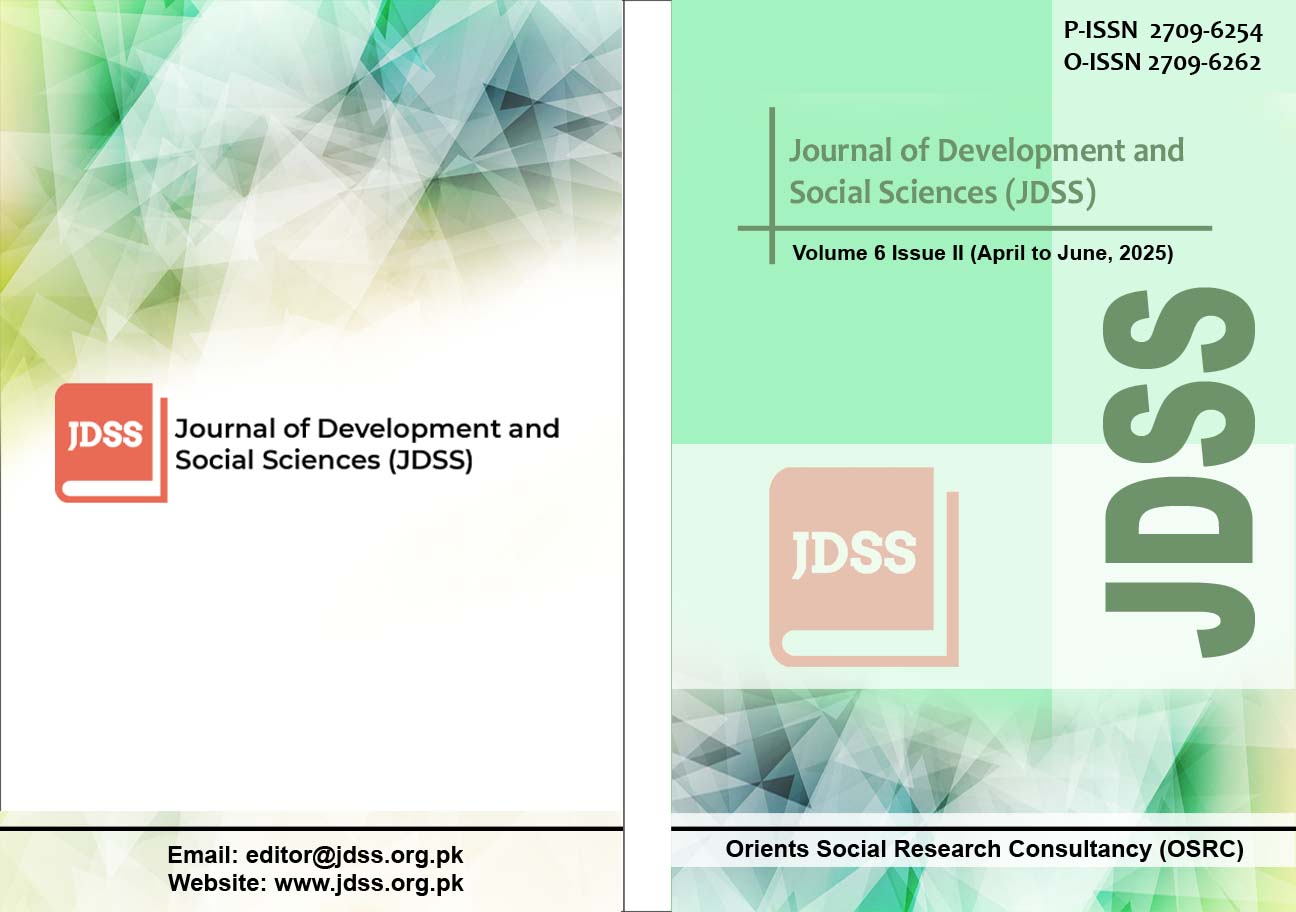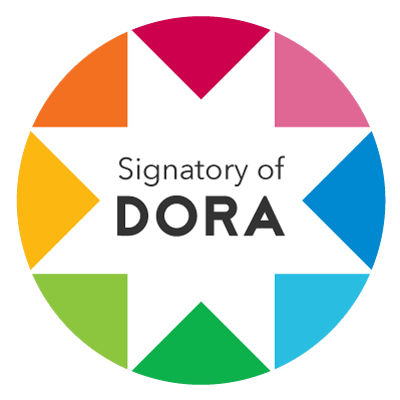An Overview of Artificial Intelligence Applications in Art Education
DOI:
https://doi.org/10.47205/jdss.2025(6-II)30Keywords:
Artificial Intelligence, Art Education, Creative Technologies, Creative Expression, Technology IntegrationAbstract
This study examines the integration of AI into art education from 2020 to 2025, with a focus on the way it shapes pedagogy, student engagement, creativity, and ethical considerations. The dawn of AI technologies has brought considerable changes to the educational environment, especially in the creative domains. These instruments provide the students in the arts with new channels for a very personal update on the content, the feedback system upgrading, and the innovative creation of works of art, as they pose dilemmas such as authorship, bias, and over-reliance on automation at the same time. A systematic review of the literature in which 20 peer-reviewed studies from academic databases and scholarly repositories published from January 2020 to May 2025 were analyzed was conducted. The Studies met the criteria of relevance, accessibility, and educational context. To eliminate the thematic content analysis of technological applications, pedagogical strategies, learning outcomes, and institutional responses, the data extraction method was used. The results demonstrate that artificial intelligent not only enriches man's creativity but also draws on, innovative technological resources, designed for final optimizations and stimulates proper pupil participation. The use of Generative AI tools like DALL·E and Stable Diffusion has helped to greatly facilitate the process of iteration design and visual exploration. In a few cases, the respondents raised issues about some likely outcomes: the disappearance of traditional skills and illegal use of computer-generated materials. It is suggested that art education curriculums should include AI literacy, enhance continuous professional development for teachers, and set up clear ethical guidelines for AI use. Further research needs to investigate the effects of AI on students' creativity and cognitive development in the long run. A balanced, inclusive, and critically informed approach is the key to utilising AI's potential in the realisation of sustainable and equitable advancements in art education.
Downloads
Published
Details
-
Abstract Views: 336
PDF Downloads: 326
How to Cite
Issue
Section
License
Copyright (c) 2025 Journal of Development and Social Sciences

This work is licensed under a Creative Commons Attribution-NonCommercial 4.0 International License.

ORIENTS SOCIAL RESEARCH CONSULTANCY (OSRC) & Journal of Development and Social Sciences (JDSS) adheres to Creative Commons Attribution-Non Commercial 4.0 International License. The authors submitting and publishing in JDSS agree to the copyright policy under creative common license 4.0 (Attribution-Non Commercial 4.0 International license). Under this license, the authors published in JDSS retain the copyright including publishing rights of their scholarly work and agree to let others remix, tweak, and build upon their work non-commercially. All other authors using the content of JDSS are required to cite author(s) and publisher in their work. Therefore, ORIENTS SOCIAL RESEARCH CONSULTANCY (OSRC) & Journal of Development and Social Sciences (JDSS) follow an Open Access Policy for copyright and licensing.







